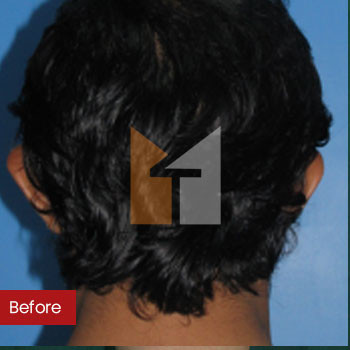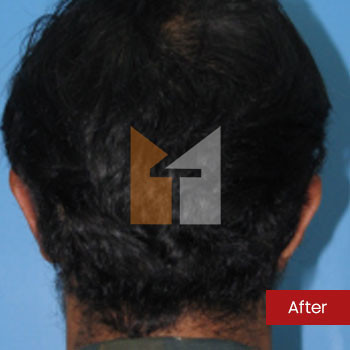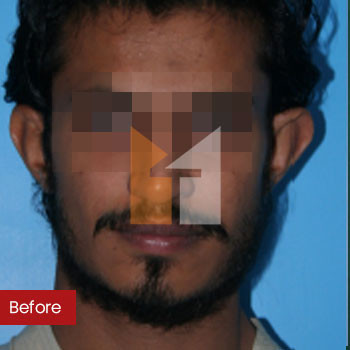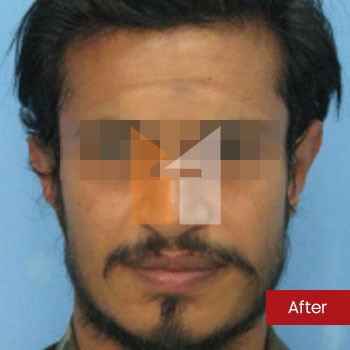Otoplasty
Ear correction surgery, or otoplasty, is a surgery performed to correct over protruding ears. Such ears are called as bat ears. They occur because of various reasons. One such reason is a growth abnormality. Otoplasty is a surgery performed mostly on children between the ages of four and 14 years. In children, the reason for otoplasty is mostly the bullying they face in their schools. Adults also undergo otoplasty surgeries for various reasons, most common being cosmetic enhancement.




